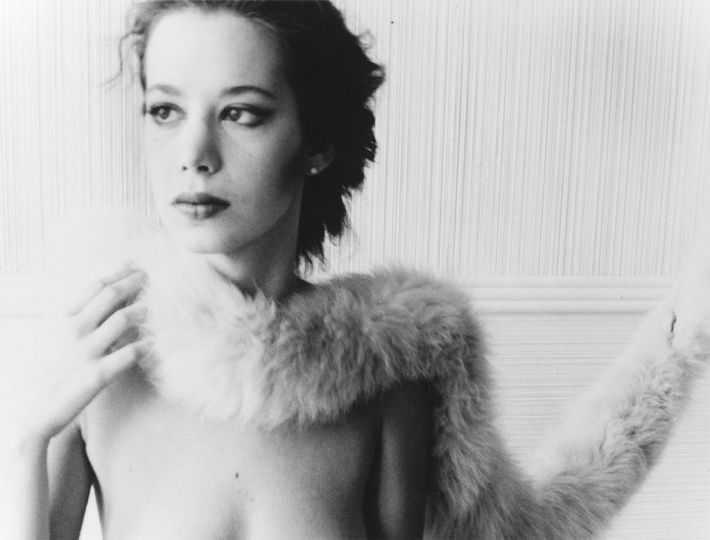In 1977Francesca Woodman arrived in Rome to attend the Rhode Island School of Design (RISD) overseas study program at Palazzo Cenci, following a tradition that dated back to the Grand Tour. RISD, located in Providence, is one of the greatest art school in the US. Aaron Siskind was among her professors and there she became passionate about the work of Man Ray, Duane Michals, and Weegee and there took many of her photographs.
Her time in Italy represented a fundamental period for her, as a woman and artist. Her later work reflected this new maturity.
By retracing Woodman’s everyday walks through the city and drawing us into personal stories as remembered by close friends, the author reconstructs Woodman’s most formative experiences in Rome.
She lived in Rome during some of the darkest years of the social and political contemporary Italian history. She was there when Aldo Moro was kidnapped and young people, deeply involved in politics, vehemently protested.
Her work is also representative of a cultural atmosphere between two decades, the historical avant-garde became a private discourse, an intimate world.
In Rome, the young photographer established a deep friendship with the two owners of Maldoror bookshop, the artist Sabina Mirri, Edith Schloss, a German artist, writer and journalist.
Woodman discovered Rome through the old city centre, she used to go to the market in Piazza Vittorio where she bought the eels used in Fish Calendar-6 days (November 1977). In the spaces of the old Cerere Pasta factory she found the decadent atmosphere that characterized her photographs, documenting the peeling walls, the traces of the past and the industrial ruins. In Woodman’s work everything is planned in advance and in detail. She prepares the space for her shooting, she sets up the props and through trials and tests, she builds the frame where she will be in.
Isabella Pedicini gives a new look at the life and work of Francesca Woodman through a fresh analysis of the photographs and writings from her Roman sojourn.
The author analyzes also the relationship of Woodman’s work to Surrealism. Francesca Woodman was attuned to the echoes of its themes, the relationships between the photographer and the subject or the object that plays an important role in her photography (for example the glove theme that was so dear to the Surrealists.) The artist’s use of the body as its own artistic language and her interest in metamorphosis and the post-mortem, questioning the finality of death.
The Roman period was very important because there she developed some of the interests that began in America. Her personal style emerged and would be reflected in the years to follow.
This book, published by Contrasto, reveals a new and intimate side of a great photographer, taking us on a journey through the labyrinth of words and images that illuminate Francesca Woodman’s universe.
Isabella Pedicini was born in Benevento in 1983. A writer and freelance journalist, she received a degree in Art History at the University La Sapienza of Rome. She worked at the library-gallery “il museo del louvre” of Giuseppe Casetti and currently works at the Foundation Pastificio Cerere in Rome.
Isabella Pedicini
Francesca Woodman, The roman years: between flesh and film
15 x 21 cm, 136 pages , 15 pictures , Euro 19,90
Italian and English text
Contrasto
ISBN-10: 8869653307

















